15:00-16:00 Tuesday 25th August, 2015
Mountford Hall, ECVP2015
Color constancy and the vein color illusion
Akiyoshi Kitaoka (Ritsumaikan University, Kyoto Japan)
since August 18, 2015 poster (MS-WORD doc 50MB)
ABSTRACT. Color constancy refers to a phenomenon that the color of an object appears to be constant to some extent when the object is viewed through a chromatic transparent filter or when it is illuminated by a colored light. There are two different types of color changes that induce color constancy: one being the multiplicative color change and the other being the additive one (Kitaoka, 2011). It was pointed out that veins appear to be bluish but are actually of yellow or orange hue (Kitaoka, 2014), though this fact had been reported in the literature on the study of skin color. Here I propose a hypothesis that the vein illusion is not only a color-contrast illusion but reflects an erroneous expression of color constancy based upon the inverse transformation of the additive color change.
color constancy illusion
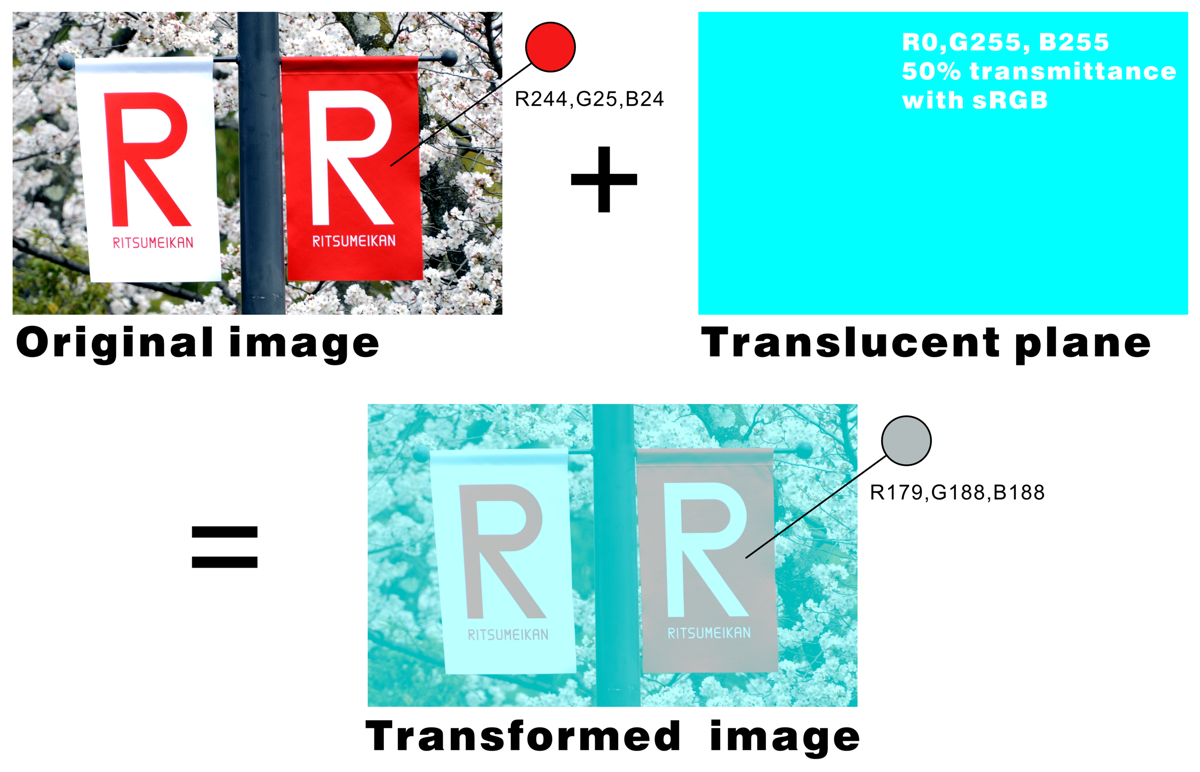
vein color illusion
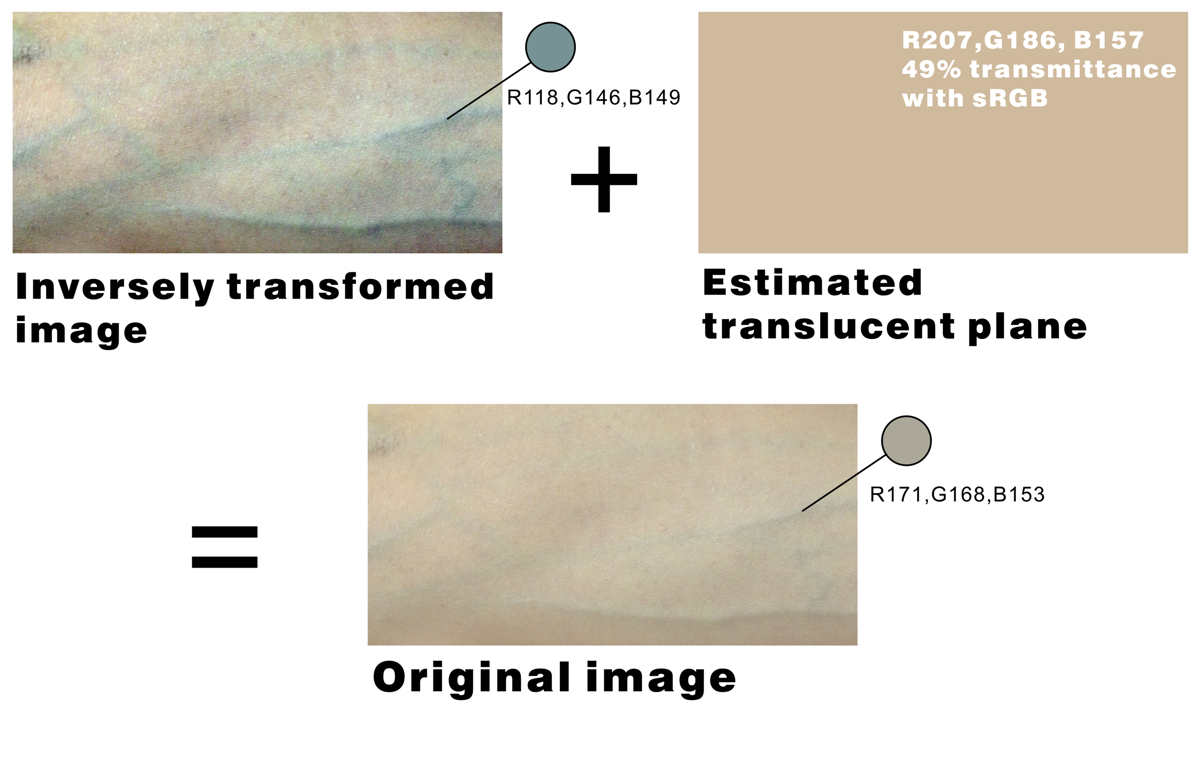
“Vein color illusion” refers to a color illusion that subcutaneous veins appear to be bluish though they actually are of yellowish, orange or reddish hue with low chroma.
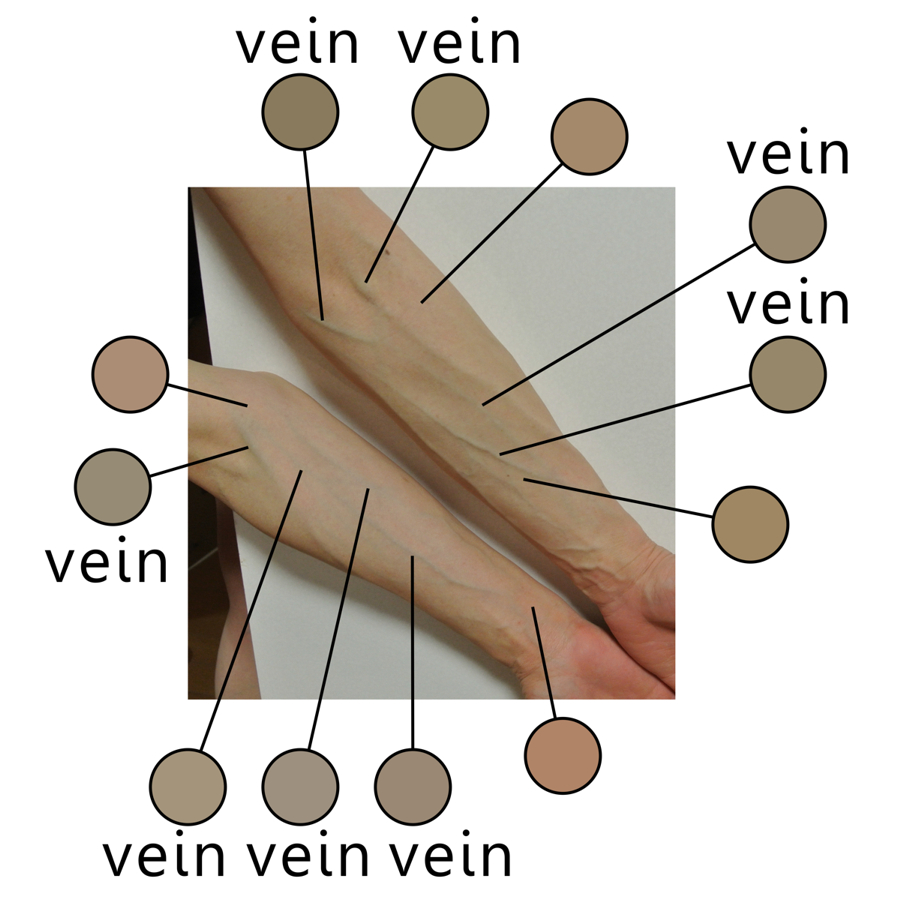
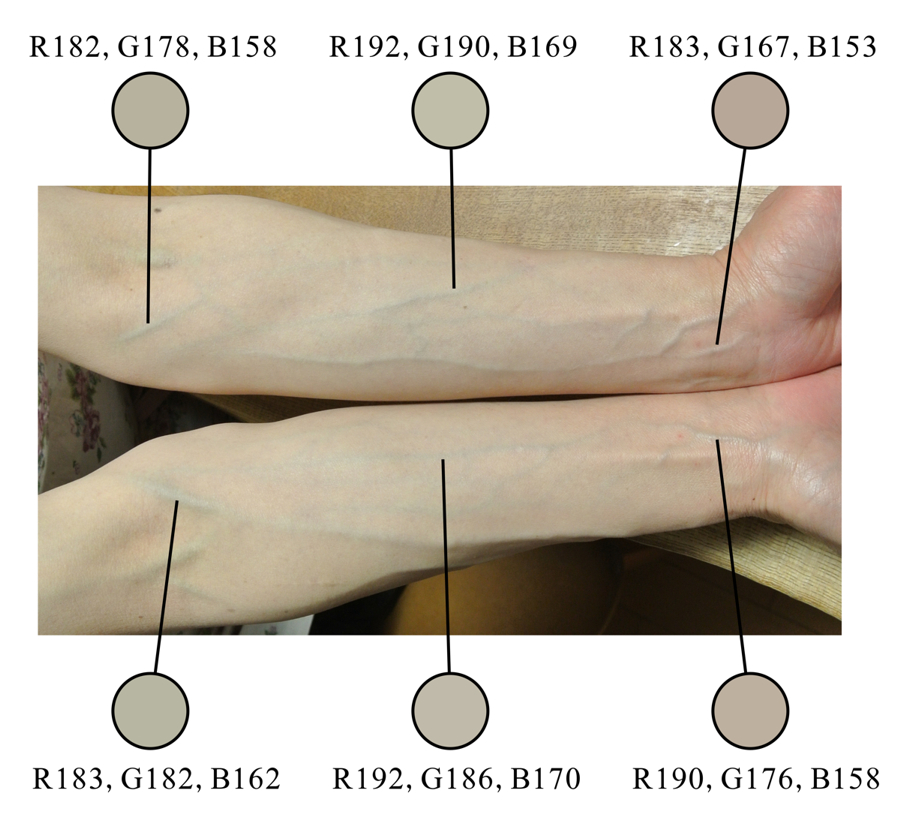
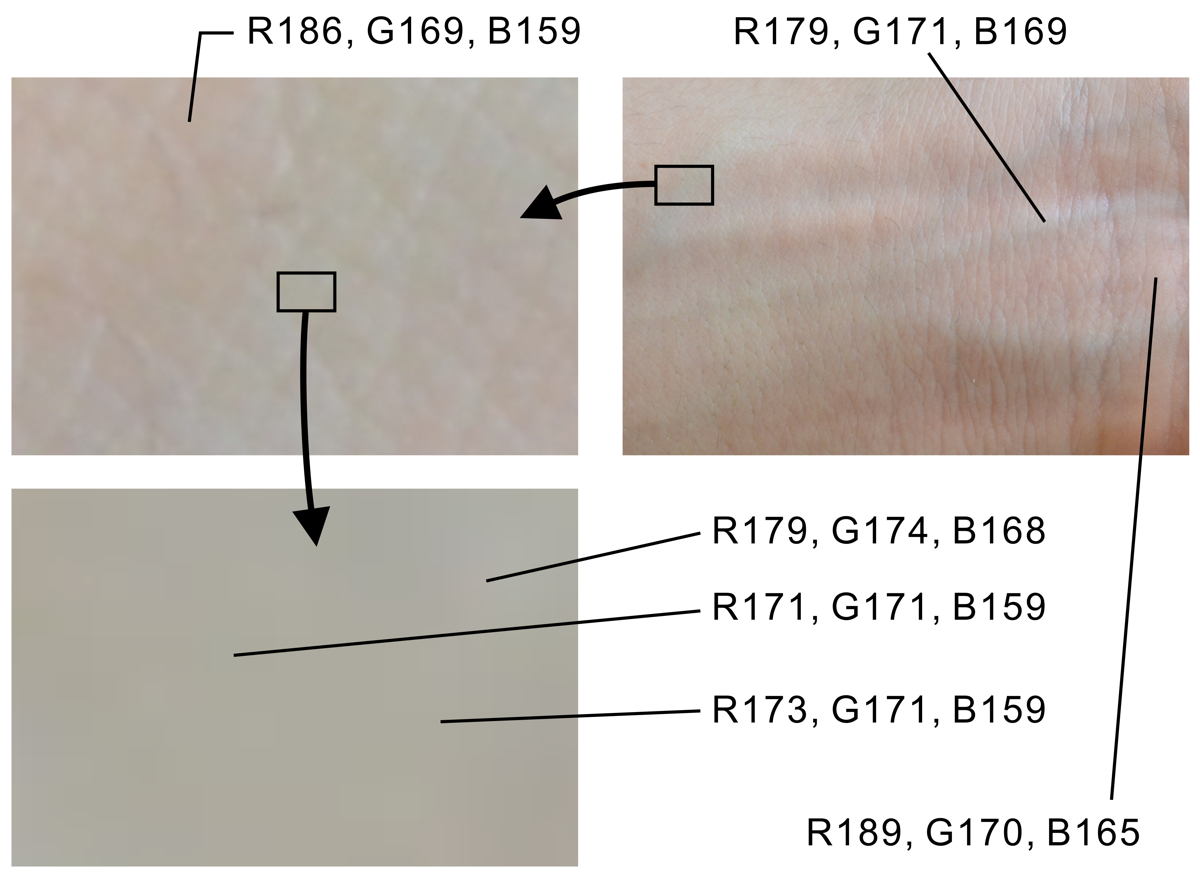
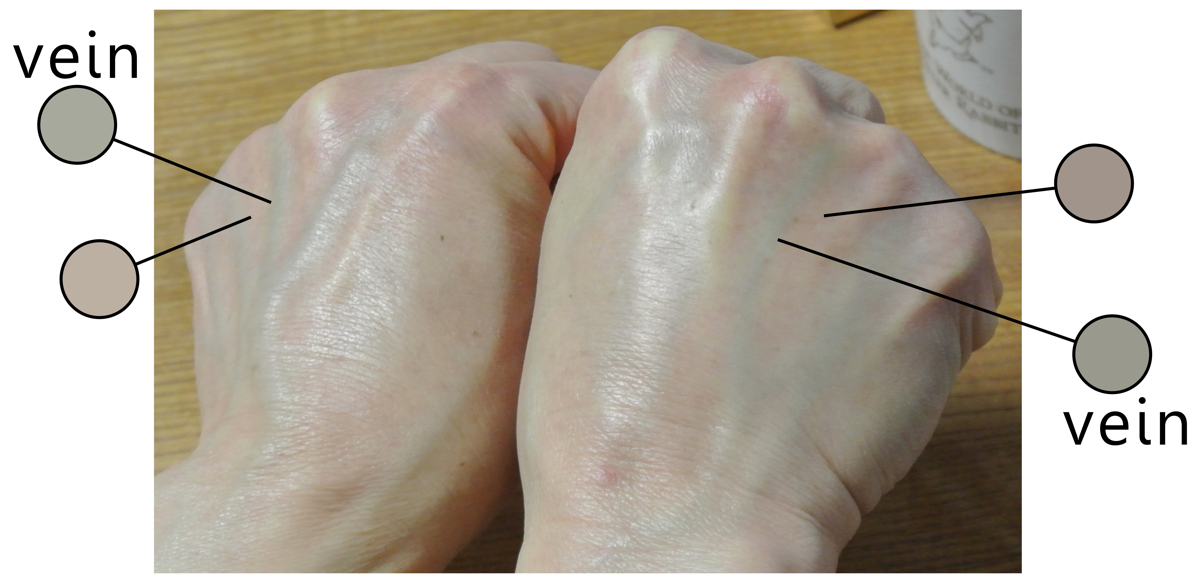
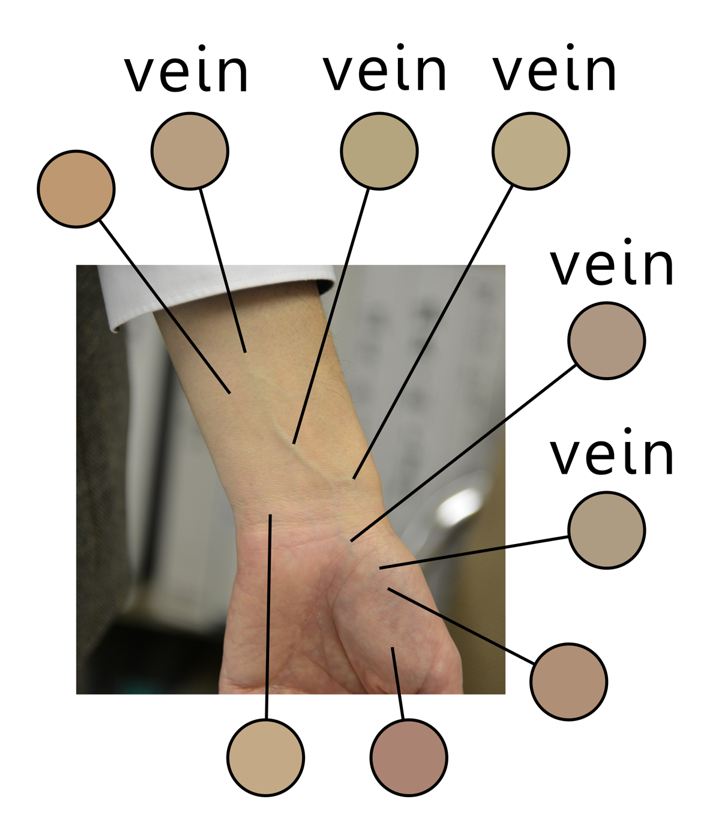
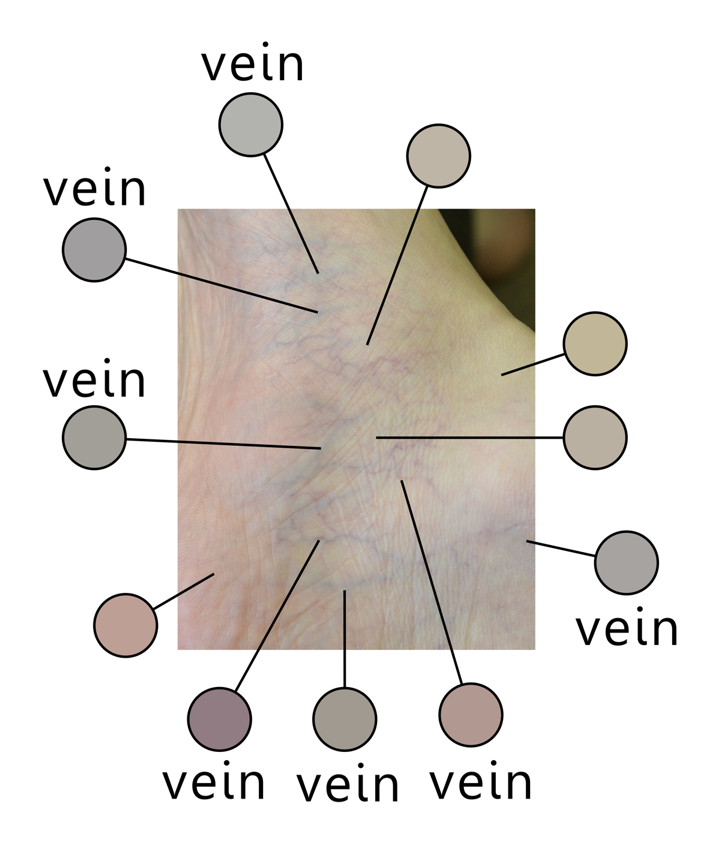
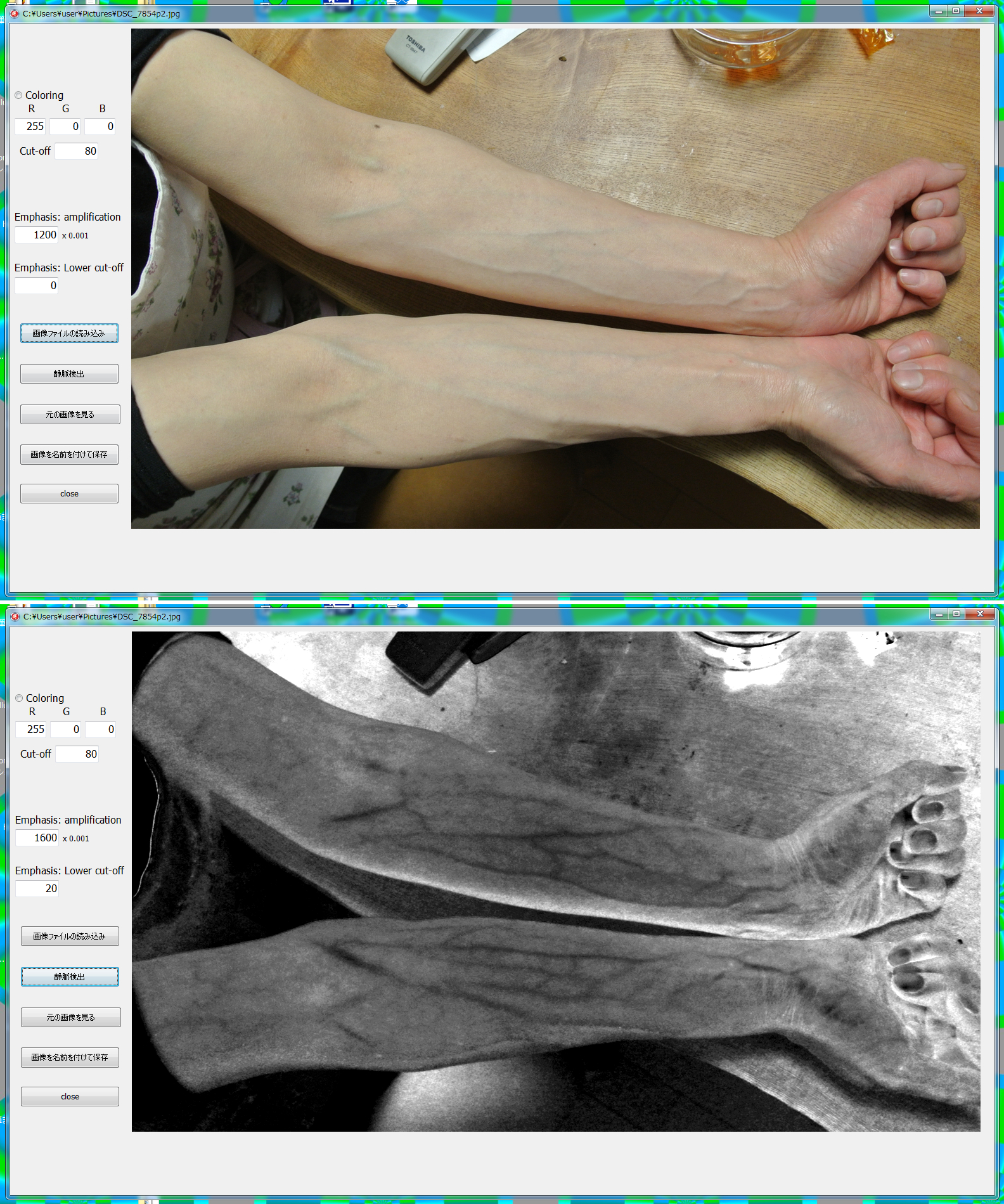
Findlay, G. H. (1970). Blue skin. British Journal of Dermatology, 83(1), 127–134.
Kienle, A., Lilge, L., Vitkin, I. A., Patterson, M. S., Wilson, B. C., Hibst, R. and Steiner, R. (1996). Why do veins appear blue? A new look at an old question. Applied Optics, 35(7), 1151-1160.
Kitaoka, A. (2014). A variety of color illusion: (13) Vein color illusion. Journal of Color Science Association of Japan, 38(4), 323-324 (in Japanese).
A variant of color contrast illusion just resembles the vein color illusion.
The ring of each image appears to be bluish, though it actually is not. The left image consists of yellowish pixels and the right one is made up of red pixels.
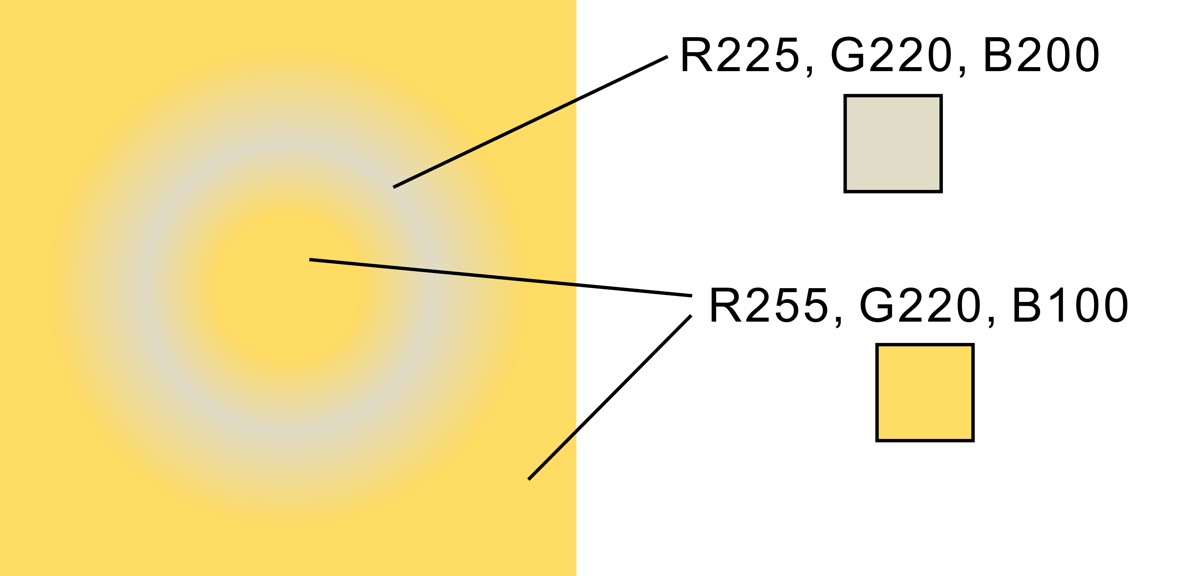
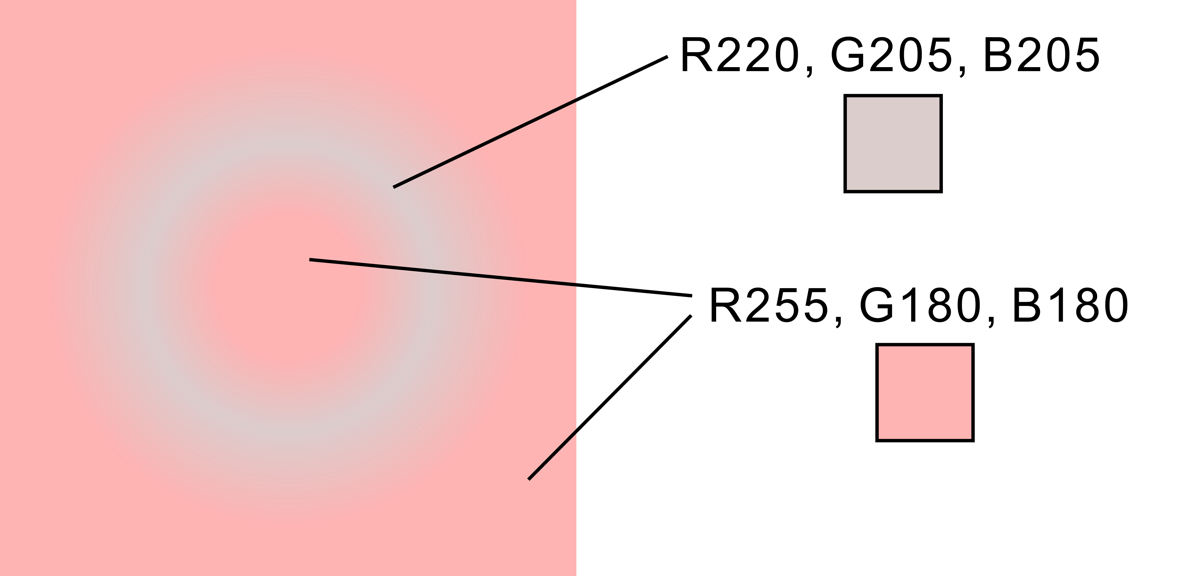
The ring of the left image appears to be reddish, though it consists of cyan (greenish blue) pixels.
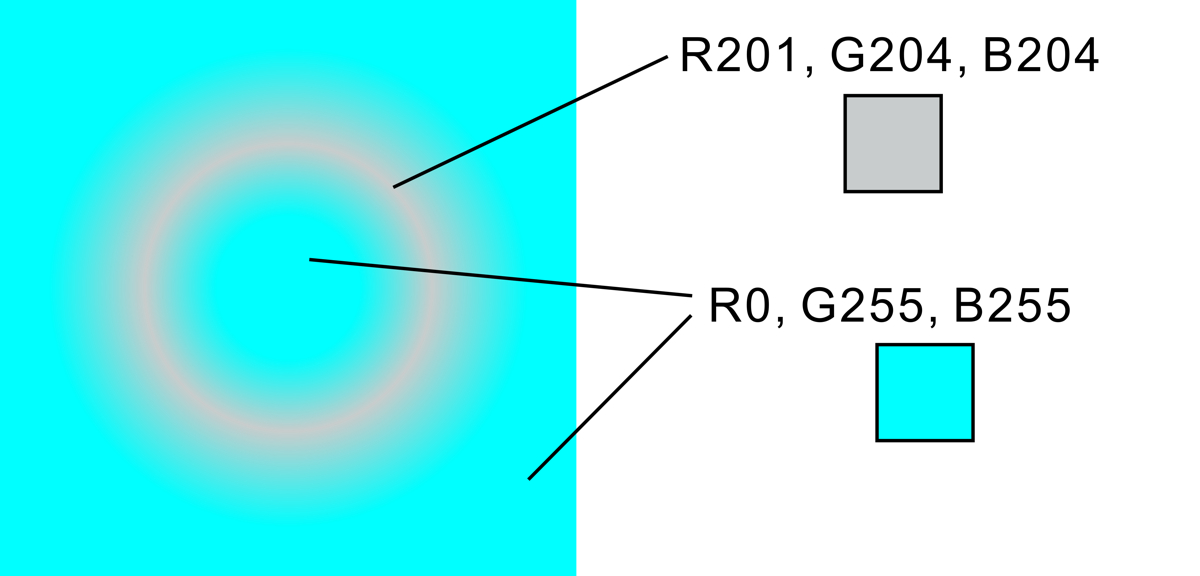
The ring of the right image appears to be greenish, though it consists of brownish pixels.
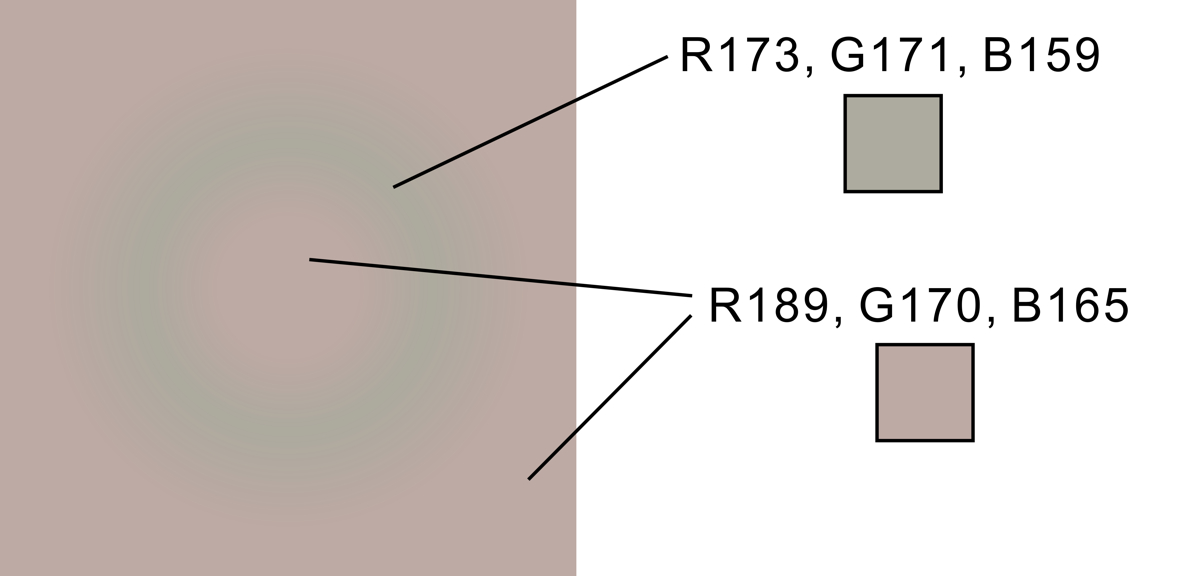
“Color constancy illusion” resembles the vein color illusion and the color contrast illusion.
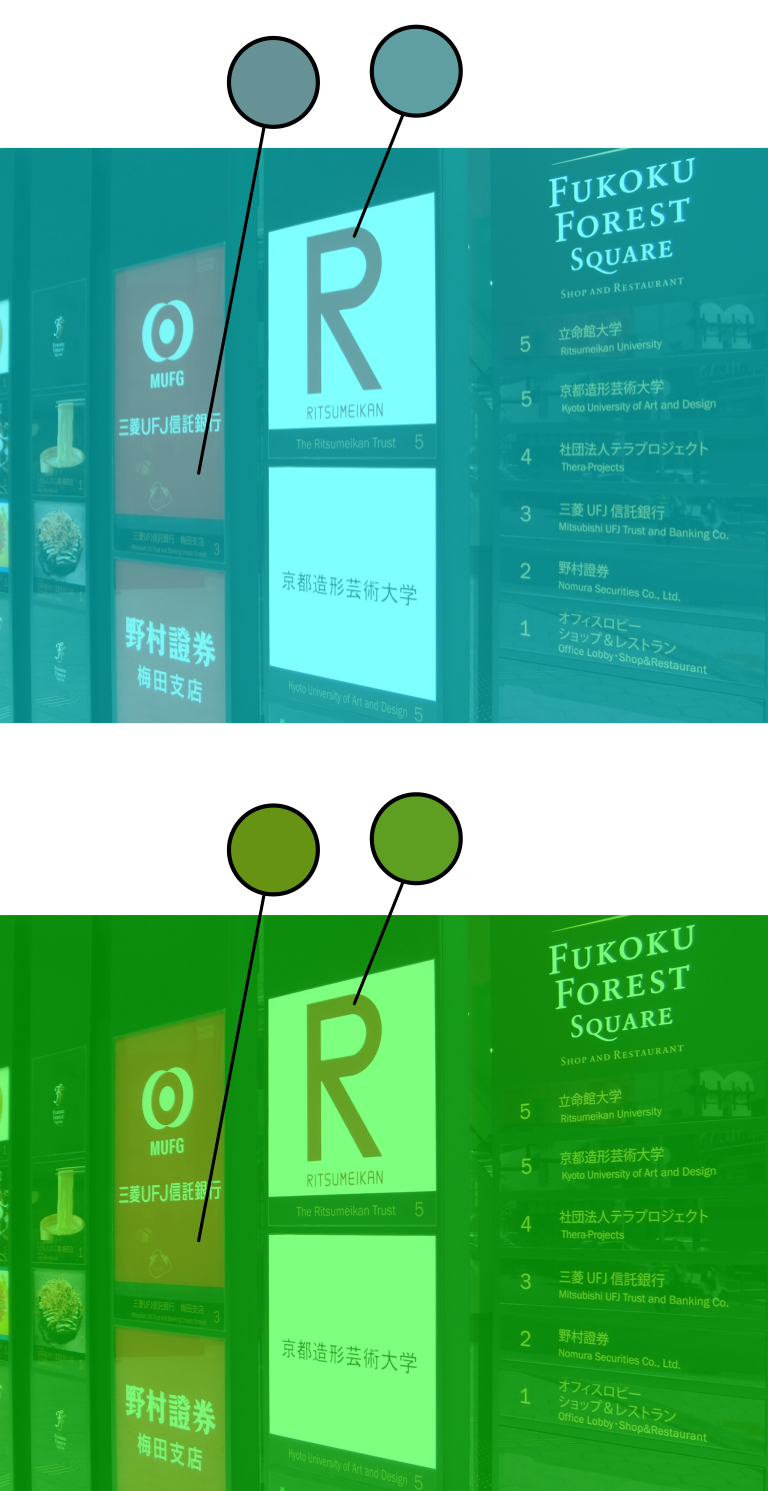
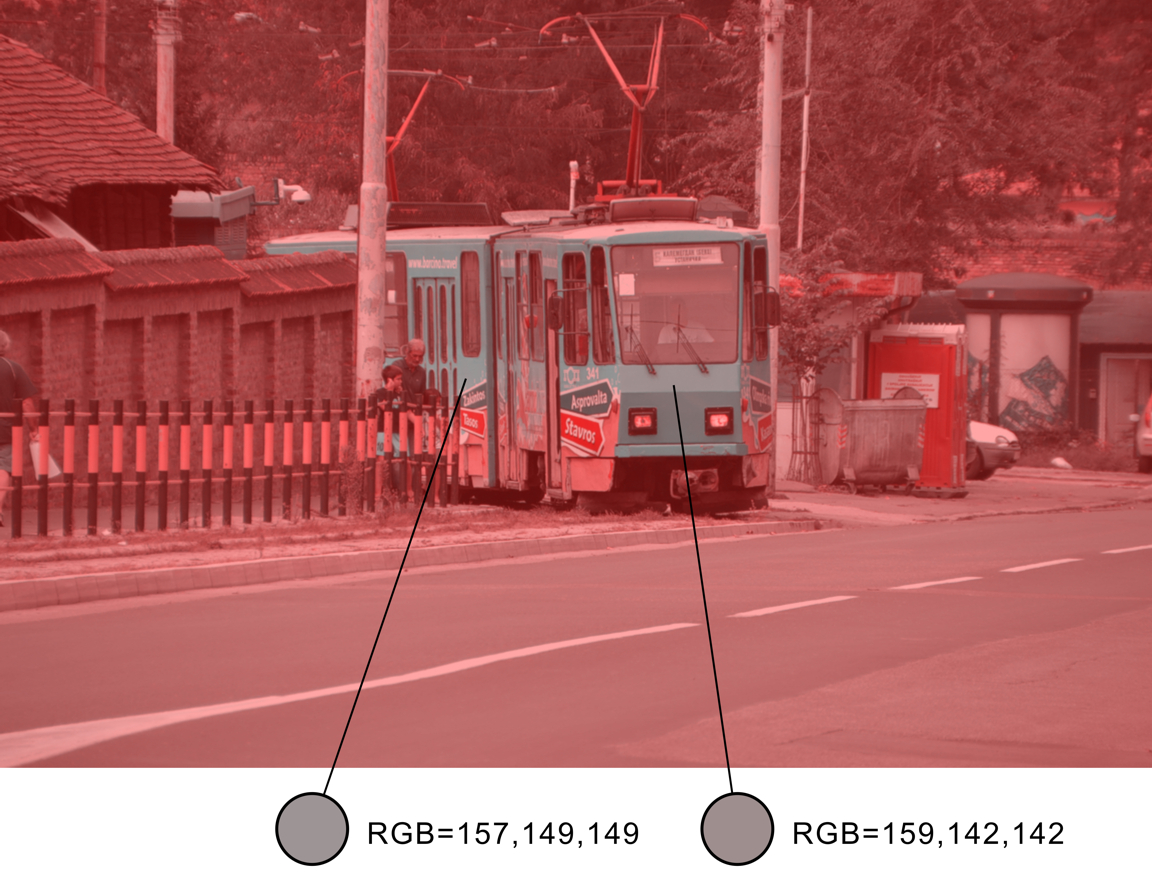
65-exp.jpg)
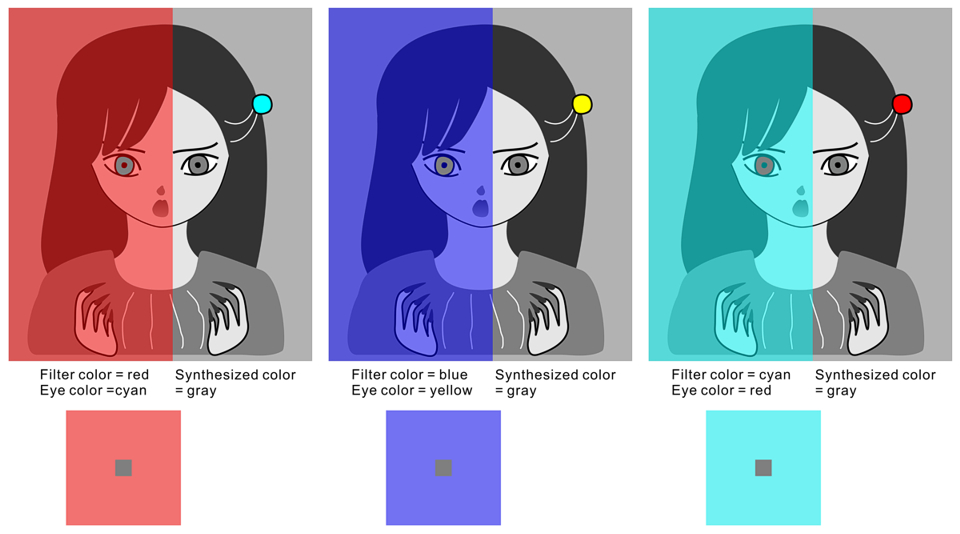
The right eye appears to be cyan in the left panel, yellow in the middle panel, and red in the right panel, though in each panel the right eye is the same color (= gray) as the left eye.
Both “multiplicative” and “additive” color changes make the color constancy illusion.
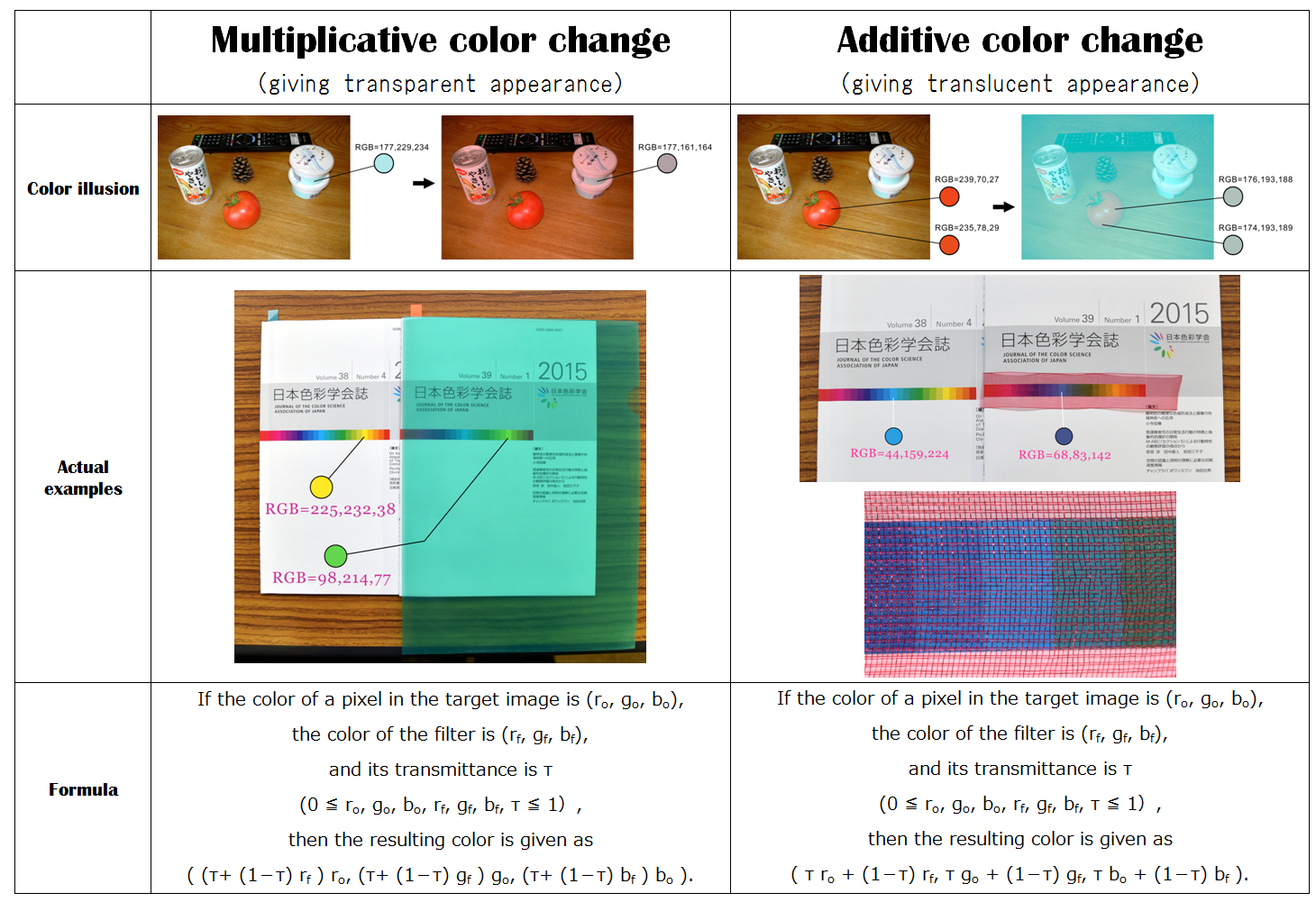
Kitaoka, A. (2011). A variety of color illusion: (2) Color constancy and two types of color filters. Journal of Color Science Association of Japan, 35(3), 234-236 (in Japanese).
These color changes can be inversely transformed by the algorithm that Kitaoka developed (to be reported elsewhere). It is suggested that the visual system be also equipped with this algorithm to realize color constancy.


Suggestion: The vein color illusion is an erroneous expression of color constancy based upon the inverse transformation.
end
cf.
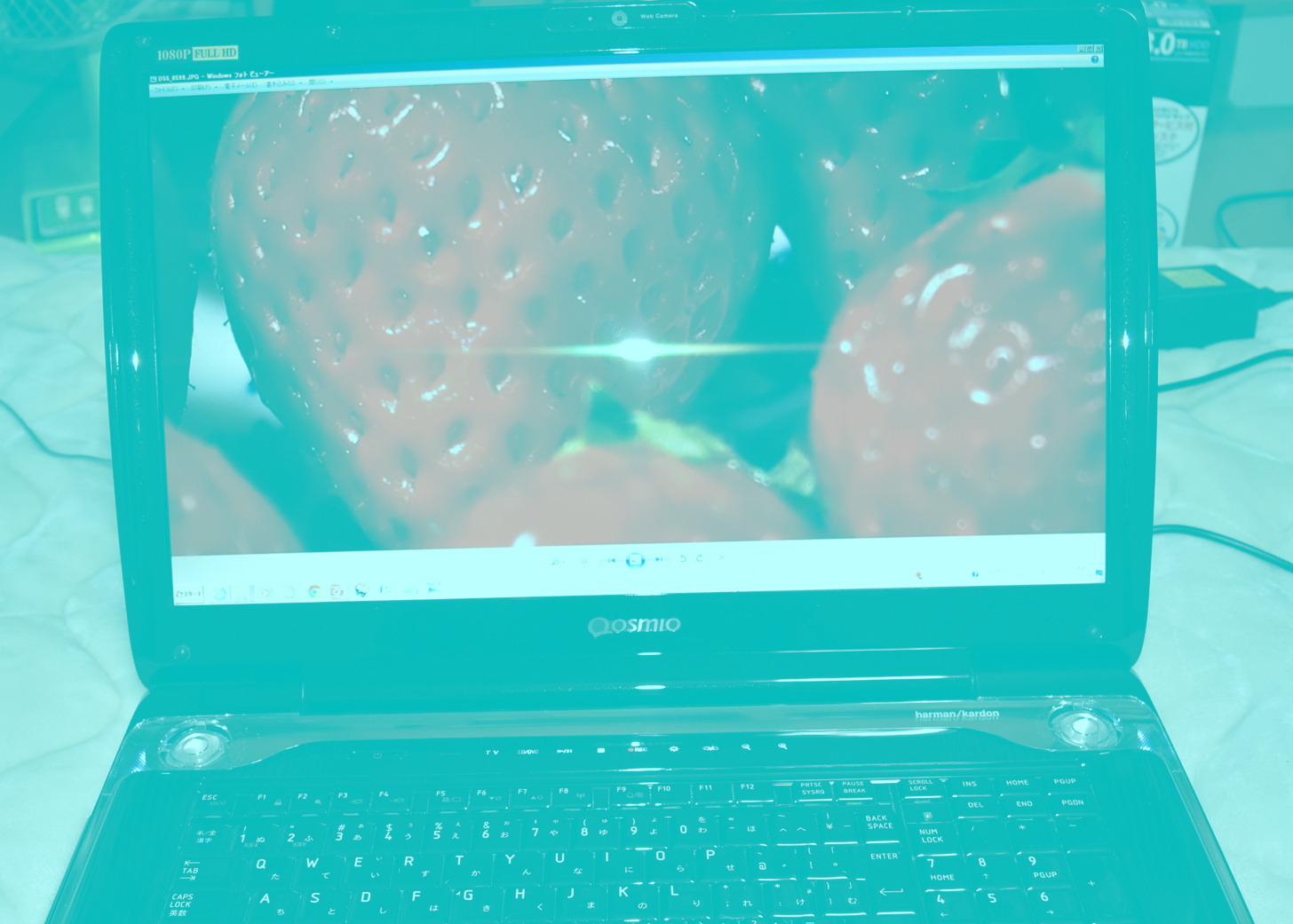
"Apparent reddish strawberries"
Strawberries appear to be reddish, though this image consists of pixels of cyan hue. (using the additive color change with sRGB data)
Copyright Akiyoshi Kitaoka 2015 (March 23)
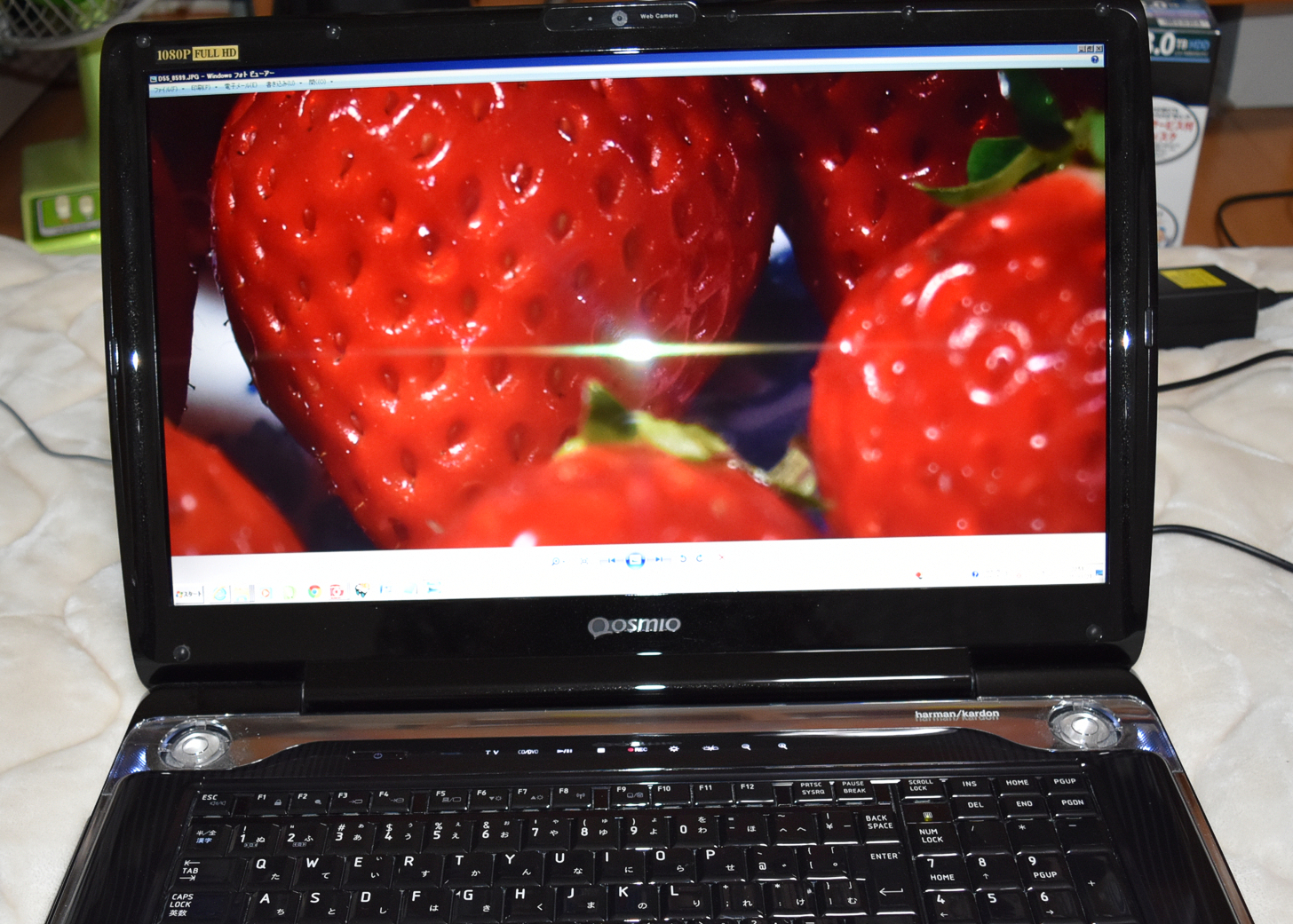
Original image
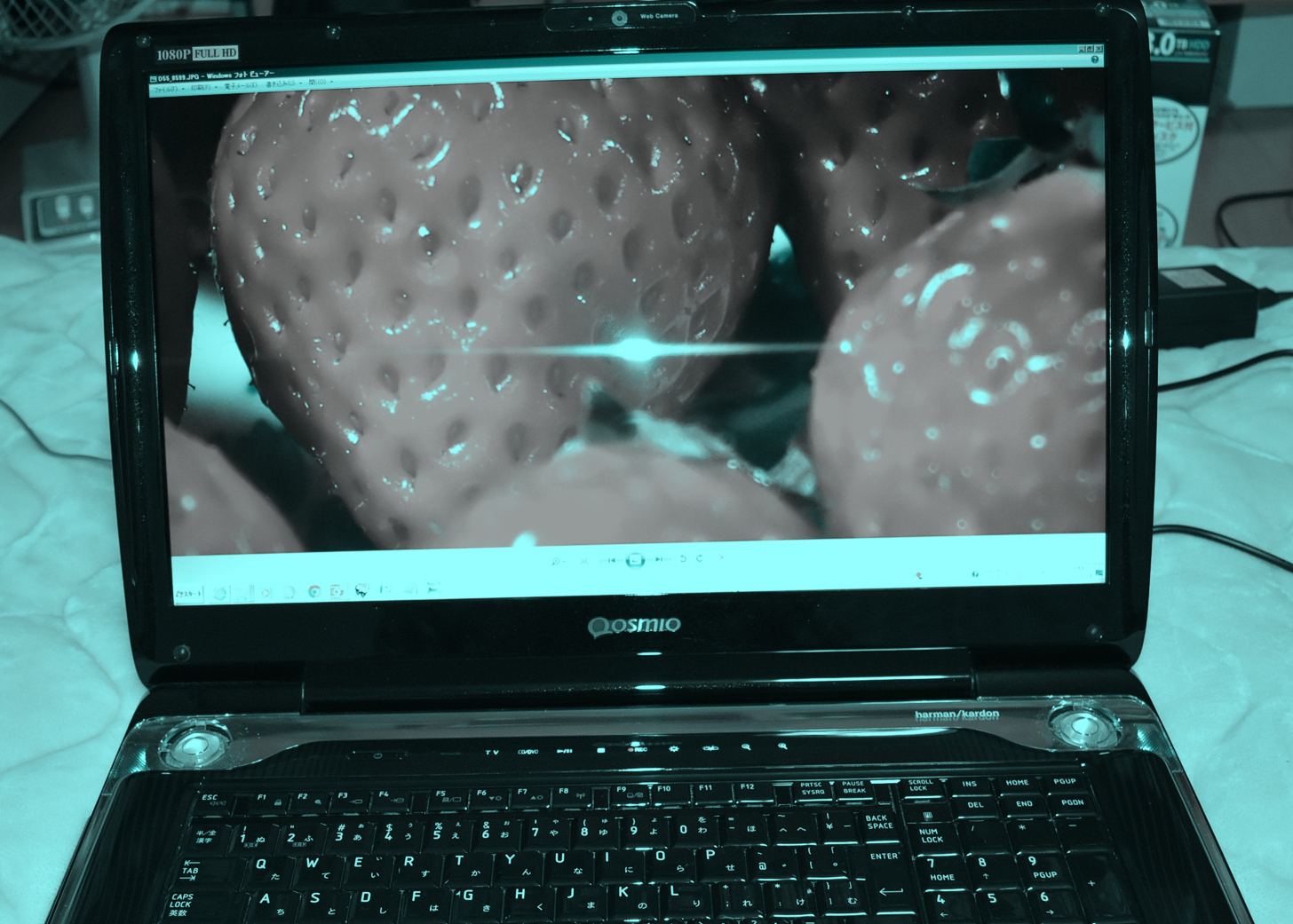
"Apparent reddish strawberries (two-color method)"
Strawberries appear to be reddish, though this image consists of pixels of cyan hue. (using the two-color method with sRGB data)
Copyright Akiyoshi Kitaoka 2015 (March 24)
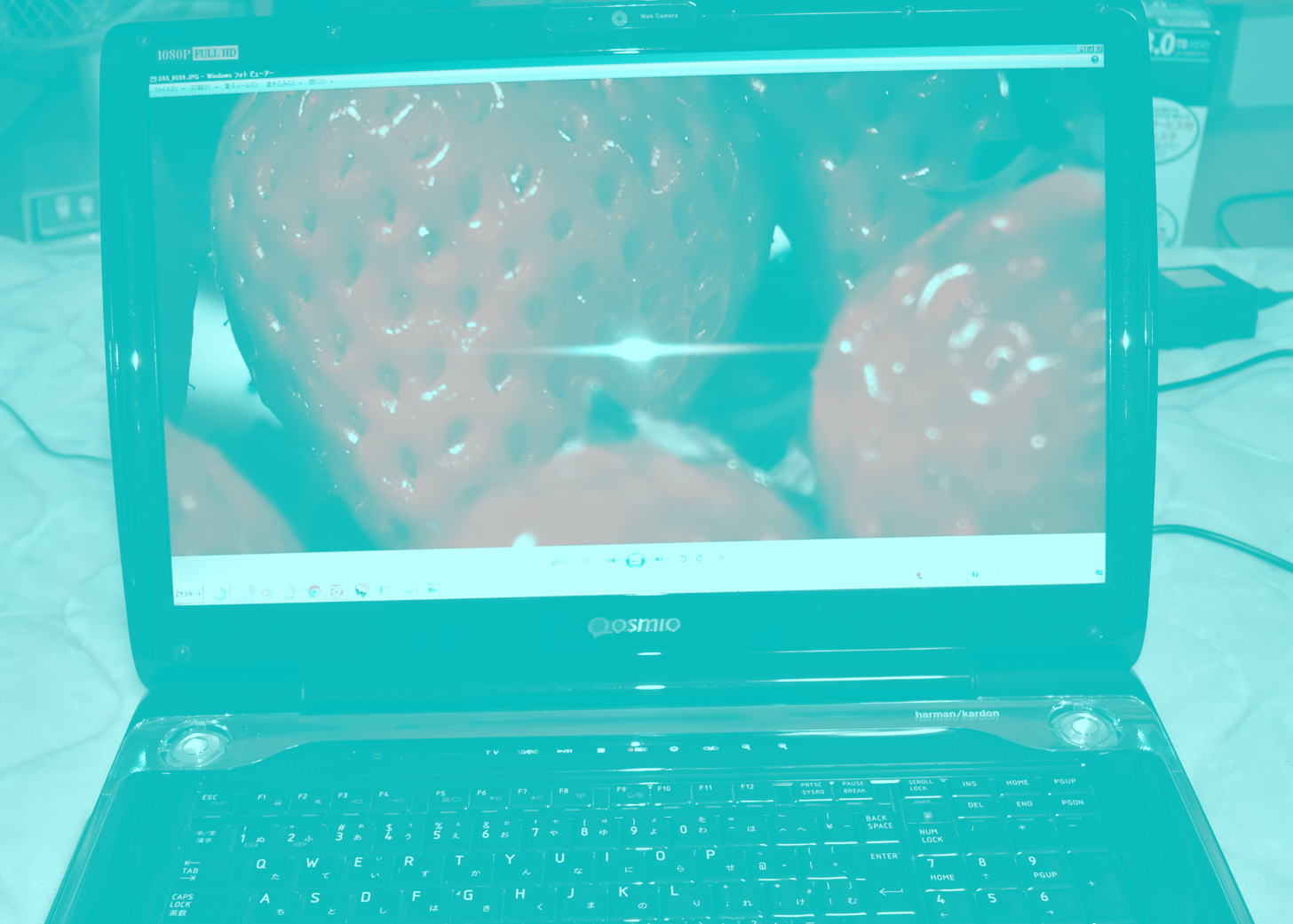
"Apparent reddish strawberries (two-colorization and additive color change)"
Strawberries appear to be reddish, though this image consists of pixels of cyan hue. (using the two-colorization and additive color change with sRGB data)
Copyright Akiyoshi Kitaoka 2015 (March 24)
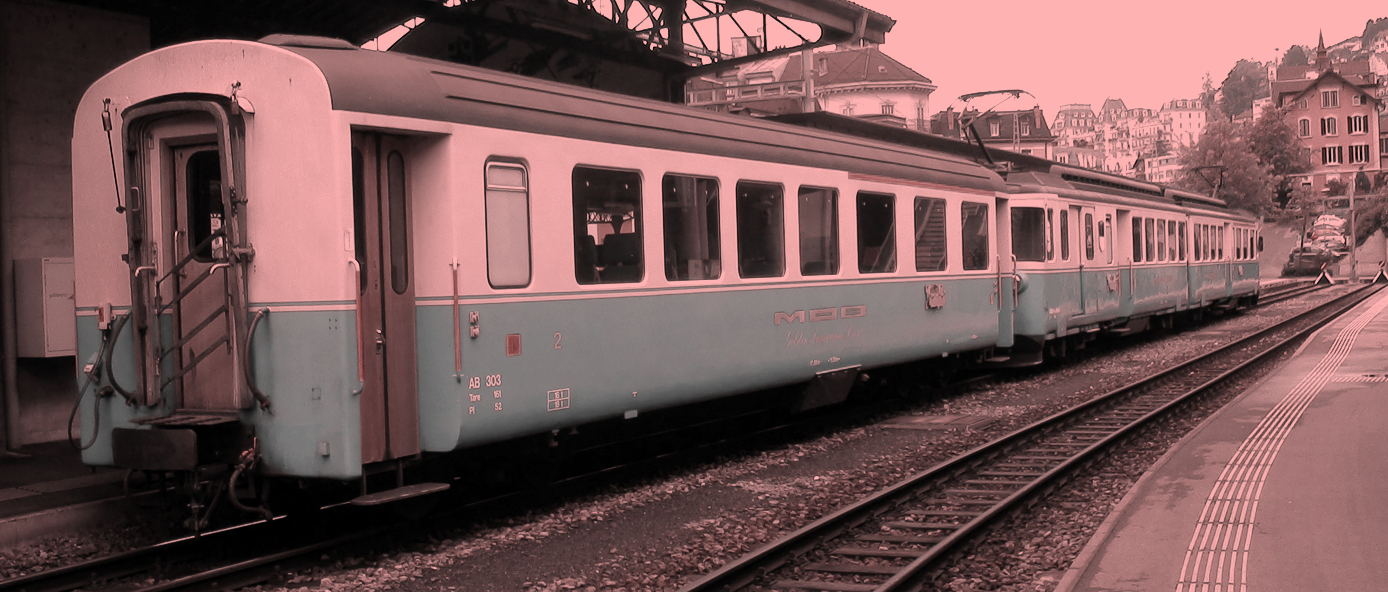
"A train in Switzerland"
The lower half of the train appears to be bluish, though this image consists of pixels of red hue. (using the two-color method with nonlinear RGB data)
Copyright Akiyoshi Kitaoka 2015 (January 11)

The original photo taken on August 14, 2010 @Montreux, Switzerland
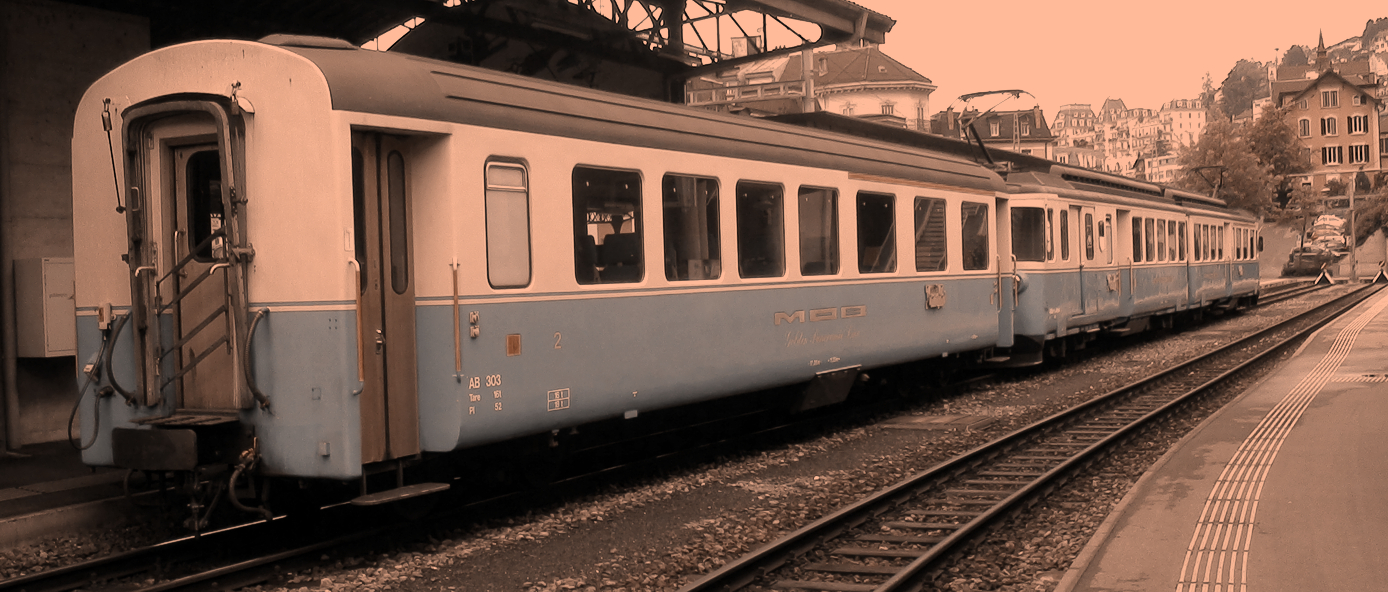
"A train in Switzerland: Orange color"
The lower half of the train appears to be bluish, though this image consists of pixels of orange hue. (using the two-color method with nonlinear RGB data)
Copyright Akiyoshi Kitaoka 2015 (January 15)
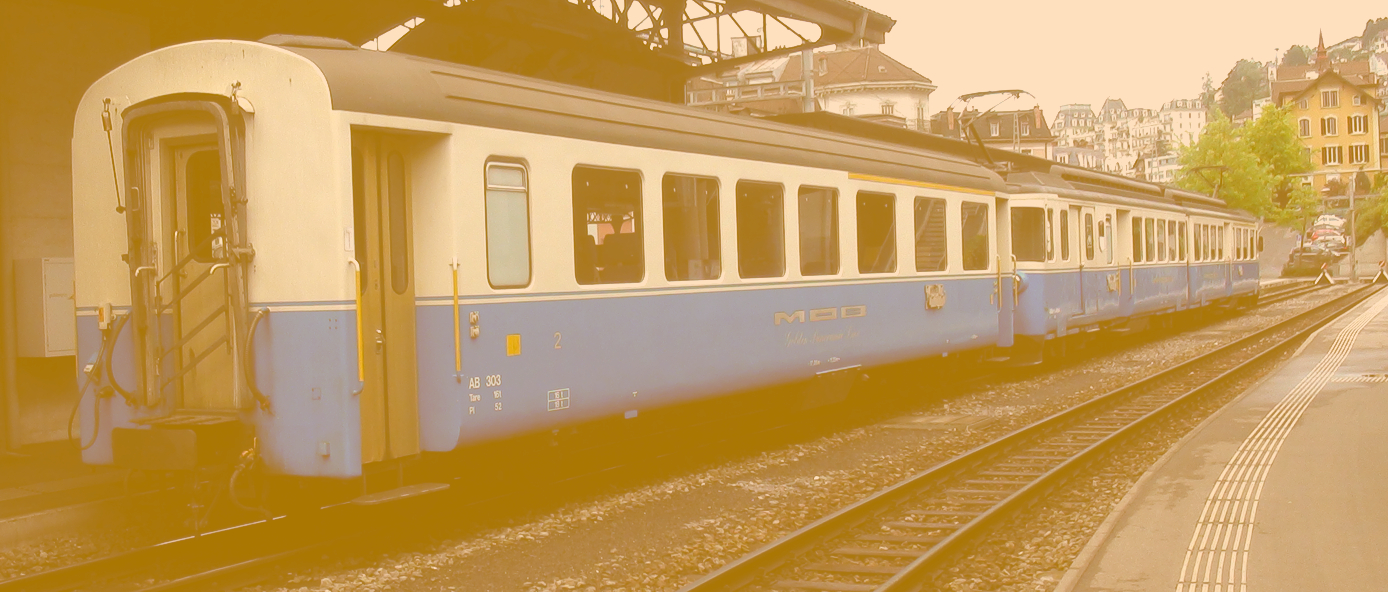
"A train in Switzerland: Orange color 2"
The lower half of the train appears to be bluish, though this image consists of pixels of red or orange hue. (using the additive color change with linear RGB data)
Copyright Akiyoshi Kitaoka 2015 (February 5)
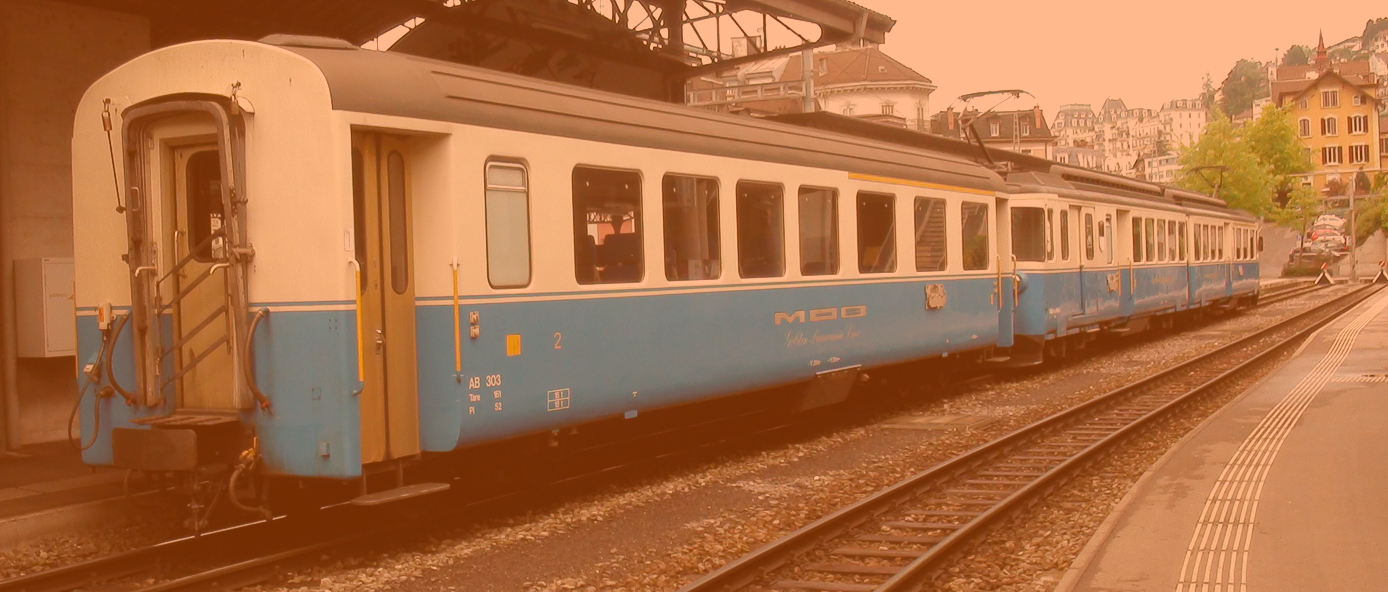
"A train in Switzerland: Orange color 3"
The lower half of the train appears to be bluish, though this image consists of pixels of red or orange or yellow hue. (using the additive color change with nonlinear RGB data)
Copyright Akiyoshi Kitaoka 2015 (February 5)
Kitaoka, A. (2015). Color Illusions Accompanied by Color Constancy Phenomena. Demoes at the Exhibition, International Symposium on Psychological vs Mathematical Approaches to Optical Illusion (Tokyo Symposium on Optical Illusion 2015), Meiji University, Nakano Campus, Tokyo, Japan, March 5-7, 2015. Demo (PDF)